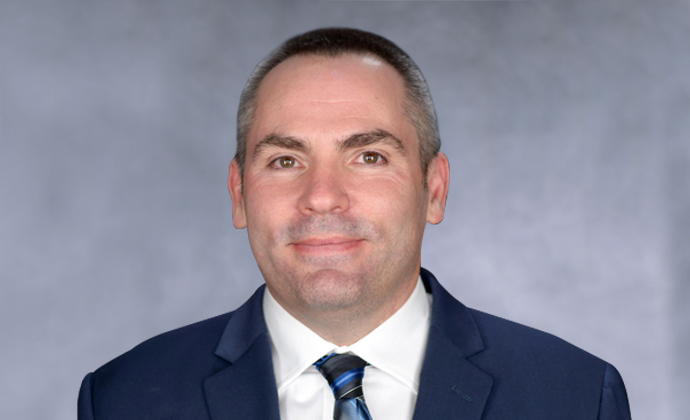
By Joseph Shega, MD, Chief Medical Officer, VITAS Healthcare
Ongoing research, updated statistics and evolving protocols to identify and treat sepsis are providing new insights for clinicians and critical-care physicians about appropriate and timely treatment of this potentially life-threatening condition.
These new insights are reshaping current thinking about disease trajectory for sepsis, including better assessments of which patients will benefit most from aggressive treatment and palliative care, and which will benefit most from timely referral to comfort-focused hospice care.
With September 13 now designated annually as World Sepsis Day, it’s time for clinicians who treat sepsis and for healthcare professionals whose patients are sepsis-vulnerable to re-examine this emerging information so that they can make the best decisions and provide the most appropriate care for their patients.
What to Know About Sepsis
- Sepsis is more common and costly than many physicians have realized. A 2018 study estimated the annual cost of sepsis-related patient readmissions to the hospital at $3.5 billion, or $16,852 per patient each year. Cleveland Clinic researchers described sepsis as a “significant underrecognized burden on the US healthcare system.”
- Nearly 40% of patients who die from sepsis are eligible for hospice when they arrive at the emergency department or are admitted to the hospital–but are never referred to end-of-life care. Their eligibility is frequently defined by underlying disease or comorbidities, such as cancer, severe dementia, severe stroke and advanced chronic lung disease. Physicians should take these contributing factors into account at the time of admission when deciding how to treat patients who develop sepsis.
- Post-sepsis syndrome increases the risk of hospital readmission and death. New data shows that sepsis patients who are released from the hospital to post-acute care are more likely to be readmitted (27% vs. 16% for non-sepsis patients) and that if readmitted, are more likely to die or be discharged to hospice (13% vs. 6%). Other studies indicate that referral to hospice can create up to 80% reduction in hospital readmissions.
- Asking questions such as “Who is this patient?”, “How long has he/she been ill?”, and “What other diseases or health factors are at work?” can be just as helpful as laboratory tests and clinical metrics in determining appropriate sepsis treatment. Failing to consider the context in which sepsis develops, especially in patients who are severely ill and unlikely to recover, can lead to medical care that is inconsistent with patient goals/values and that can lead to suffering and harm. See my previous article about this topic.
- Patients deserve targeted sepsis protocols that are based on their disease trajectory. New sepsis treatment protocols are necessary, but they answer only part of the question of why severely ill patients continue to die from sepsis, or why those who recover are more than twice as likely as non-sepsis patients to be released from the hospital to post-acute care, or why patients with sepsis face 50% greater odds of being readmitted to the hospital.
Treatment Protocols: Aggressive vs. Palliative vs. Hospice
With this new information as a backdrop, clinicians should consider the hospice profession’s approach to sepsis care, which classifies patients as “healthy,” “multimorbidity” and “hospice-eligible,” with appropriate protocols for each. Healthy patients can be offered aggressive interventions because they are most likely to respond and survive. Multimorbidity patients should be offered optimum symptom management, supported by palliative care that supports both their disease trajectory and their quality of life.
Those who are hospice-eligible should be offered goals-of-care conversations that explain their prognosis and the benefits of timely hospice care for their symptoms and pain. With the physical and psychosocial support of an interdisciplinary hospice team, clinicians can position their severely ill sepsis patients with appropriate care that embraces quality of life near the end of life.

